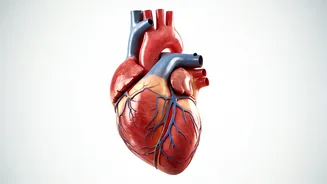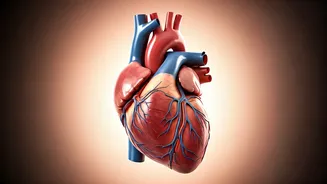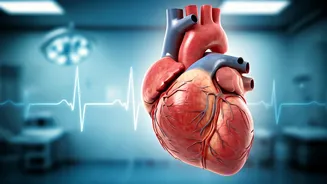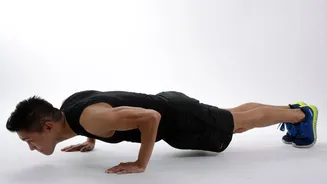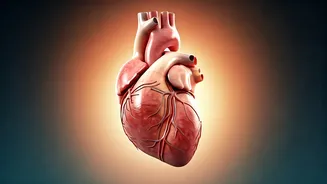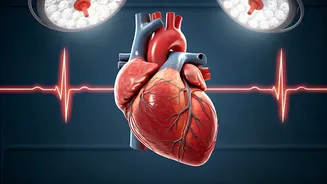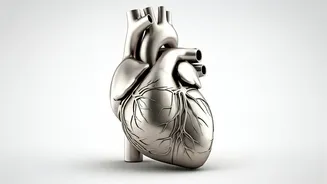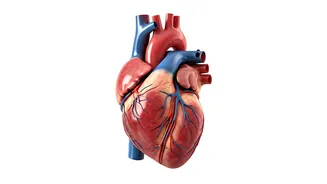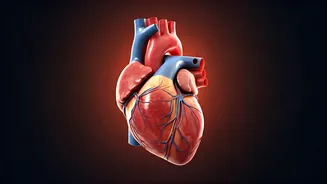Walking: Simple Start
Walking is a readily accessible and highly beneficial exercise for improving cardiovascular health. It's gentle on the joints, making it suitable for individuals
of all ages and fitness levels. Regular brisk walking helps lower blood pressure, reduce cholesterol levels, and improve overall heart function. To maximize its benefits, aim for at least 30 minutes of brisk walking most days of the week. This can be broken down into shorter intervals throughout the day if needed. Consistency is key, so find a time that fits your schedule, whether it's during your lunch break, in the morning, or after dinner. Varying your routes and including hills can also enhance the workout, offering a more engaging and effective exercise experience. Remember to maintain a good posture and wear comfortable shoes to prevent injuries.
Swimming: Total Body
Swimming is a superb low-impact exercise that provides a full-body workout while being gentle on the joints. The buoyancy of water reduces stress on the body, making it a safe option for individuals with conditions like arthritis or those recovering from injuries. Swimming helps improve cardiovascular health by increasing heart rate and strengthening the heart muscle. It also boosts endurance and promotes better circulation. For optimal heart health, swim at a moderate intensity for at least 20-30 minutes, several times a week. Varying strokes can target different muscle groups and keep the workout engaging. If you are new to swimming, start slowly and gradually increase the duration and intensity. Consider swimming lessons to improve technique and efficiency.
Cycling: Heart-Pumping Fun
Cycling, whether outdoors or on a stationary bike, offers a fantastic cardiovascular workout that elevates heart rate and improves endurance. It's a low-impact activity that's easy on the joints, making it a good choice for people of various fitness levels. Regular cycling helps improve heart health by strengthening the heart muscles and enhancing blood flow. For best results, aim for at least 30 minutes of cycling at a moderate intensity, most days of the week. Adjust the resistance to ensure you feel challenged without overexerting yourself. When cycling outdoors, always wear a helmet and follow traffic rules. Indoor cycling classes or using a stationary bike at home provide a convenient way to exercise regardless of weather conditions. Remember to maintain proper posture and adjust the seat height for comfort and effectiveness.
Yoga: Mindful Movement
Yoga, with its emphasis on mindful movement and controlled breathing, offers a range of benefits for heart health. Certain yoga poses can enhance circulation, reduce stress, and lower blood pressure, all of which contribute to a healthier heart. The practice of yoga promotes relaxation and can help manage stress, a significant factor in heart disease. Engaging in yoga regularly can improve flexibility, balance, and overall physical fitness. Choose a yoga style that suits your fitness level and preferences. Gentle styles like Hatha or restorative yoga are excellent for beginners. Aim for at least 30 minutes of yoga a few times per week to experience the full benefits. Consistency is key, so find a time and place that allows you to relax and focus on your practice. Remember to listen to your body and modify poses as needed.
Tai Chi: Gentle Flow
Tai Chi, an ancient Chinese practice, combines gentle movements, deep breathing, and meditation to improve cardiovascular health and reduce stress. It involves slow, flowing movements that enhance circulation and promote relaxation, which is beneficial for the heart. Tai Chi has been shown to lower blood pressure, improve balance, and increase overall physical fitness. Practicing Tai Chi regularly can help manage stress, a major risk factor for heart disease. It's suitable for people of all ages and fitness levels, as the movements are gentle and adaptable. Aim for at least 30 minutes of Tai Chi several times a week to experience its full benefits. There are many resources available, including classes and online tutorials, to help you learn and practice Tai Chi effectively.
Dancing: Lively Activity
Dancing is a fun and engaging way to boost heart health. Any type of dance, from ballroom to Zumba, elevates your heart rate and improves cardiovascular fitness. Dancing is an excellent way to get exercise while enjoying yourself, making it easier to stick to a regular routine. Regular dancing helps lower blood pressure, improve cholesterol levels, and reduce stress, all of which benefit heart health. The variety of dance styles available means you can find one that suits your interests and fitness level. Aim for at least 30 minutes of dancing several times a week to experience the benefits. Dancing also improves coordination, balance, and mood. Consider joining a dance class or dancing at home with music you enjoy.
Stair Climbing: Effective Workout
Stair climbing is a highly effective, low-cost exercise for improving heart health. It significantly increases your heart rate and strengthens your leg muscles, offering a comprehensive cardiovascular workout. Even short bursts of stair climbing can have positive effects on your heart health. Regular stair climbing helps improve cardiovascular fitness, burns calories, and can boost your metabolism. If you have access to stairs, incorporate climbing into your daily routine. Start with short intervals and gradually increase the duration and intensity. If you don't have access to stairs, you can use a stair-climbing machine at the gym. Remember to maintain good posture and hold onto the railing for support if needed. This exercise is especially effective for improving leg strength and endurance, complementing other forms of cardiovascular exercise.
